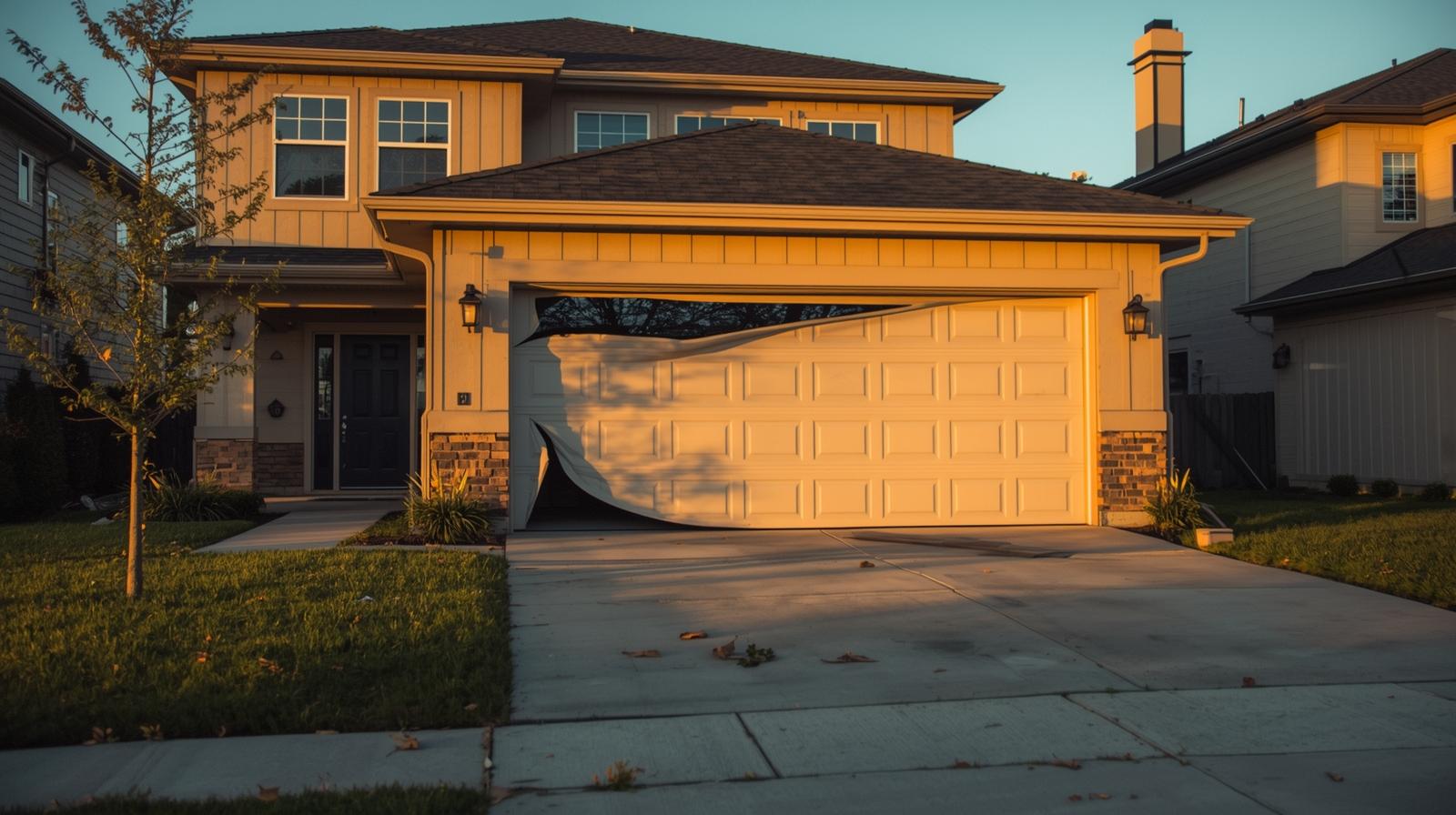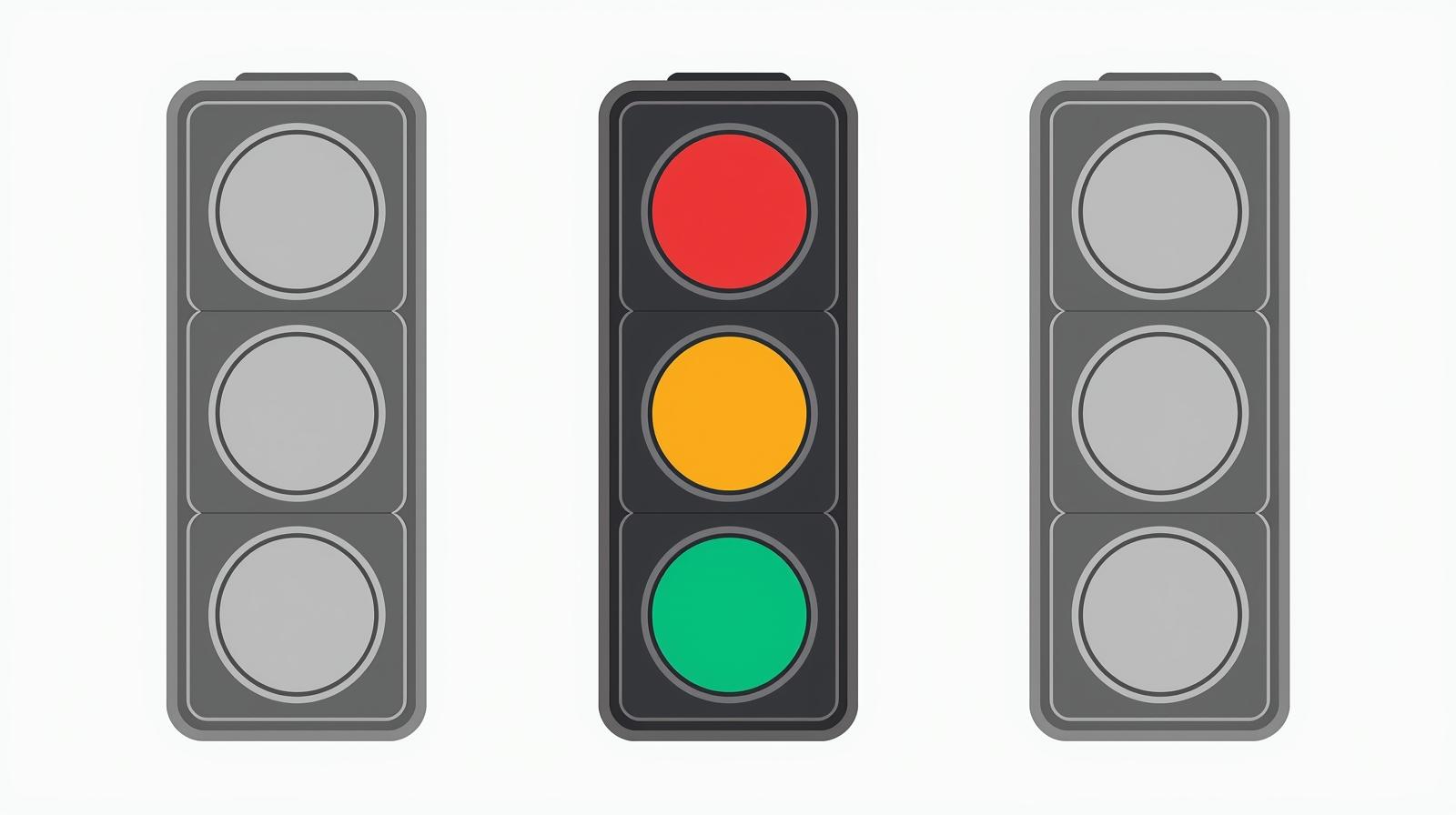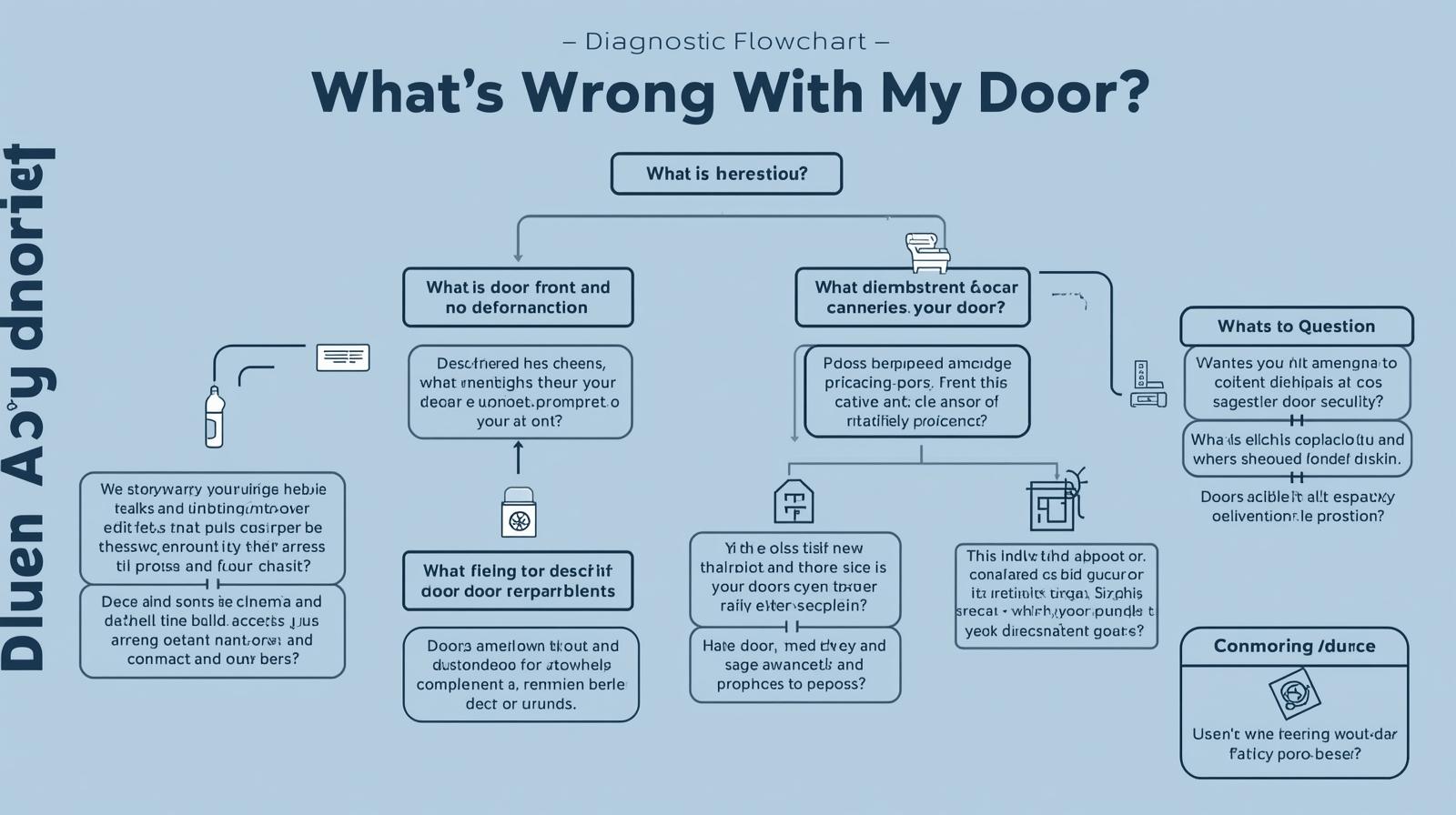A broken garage door in USA 2026 is more than a simple breakdown; it’s a wake-up call about your home’s safety and your wallet. That loud bang you just heard wasn’t the neighbors—it was your garage door spring snapping, leaving your family’s cars and belongings exposed. In 2026, the rules have changed. New smart home tech can prevent disasters, but outdated repair tactics can now void your insurance. Before you search for a quick fix or call the first number you find, you need to read this. We’ll guide you through the new landscape of garage door repairs, from AI diagnostics to the one part you should never, ever touch yourself.
Table of Contents
ToggleThe 2026 Landscape: Why This Isn’t Your Grandpa’s Garage Door Problem
Garage doors have gotten smarter, and so have the problems. The issues you face now are different from just a few years ago.
Today’s doors are integrated with home security systems and Wi-Fi. A malfunction can now trigger false security alarms or leave a digital backdoor open to hackers. Understanding this tech is the first step to a safe and modern fix for a broken garage door in USA 2026.
The 3 Silent Alarms: Is Your Broken Garage Door an Emergency?
How do you know if it’s a simple fix or a five-alarm fire? Here’s a quick guide.
-
Code Red (Call a Pro NOW): The door is bent, off its track, or a spring has broken. These are immediate physical dangers.
-
Code Yellow (Proceed with Caution): The door is stuck open or won’t close, but everything looks straight. This is a security risk that needs fast attention.
-
Code Green (Possible DIY): The remote doesn’t work, or the door reverses when closing. These are often simple fixes you can try yourself.
Decoding the Problem: A 2026 Symptom Checker
Match your door’s behavior to find the likely cause. This is your first step toward a solution.
My Door Makes a Loud Grinding Noise”
This is the sound of metal eating metal. It’s a cry for help from the opener or tracks.
-
2026 Twist: Newer openers with DC motors are much quieter. A grinding noise in a modern unit often points directly to a failed gear in the motor assembly.
-
Action: Lubricate the rollers and tracks. If it continues, the opener likely needs professional service.
The Door Reverses Before It Hits the Ground”
Your door’s safety system is working—maybe too well. It senses an obstacle that isn’t there.
-
2026 Twist: Smart sensors can now send an alert to your phone saying “Sensor Obstruction Detected,” pinpointing the exact problem before you even check.
-
Action: Check the photo-eye sensors near the floor. Clean the lenses and ensure they are perfectly aligned. This fixes the issue 90% of the time.
My Opener Humms, But the Door Won’t Move”
The motor is running, but the door is stuck. This usually means a disconnect between the opener and the door.
-
2026 Twist: If you have a smart opener, the app might show an error code like “Obstruction Detected” or “Force Limit Exceeded.”
-
Action: Check the red emergency release cord. If it’s been pulled, it disengages the opener. If it’s fine, you likely have a broken spring—a job for a pro.
The One Repair You Must NEVER Attempt (The 2026 Danger)
This warning is more critical than ever. Never, under any circumstances, attempt to repair or replace garage door springs yourself.
The torsion springs above your door are under enough tension to kill or seriously injure you. In 2026, professionals use specialized winding bars and clamps designed for safety. This is not a DIY project. The cost of a professional is always cheaper than a trip to the emergency room.
Smart Tech to the Rescue: 2026 Solutions Your Dad Never Had
Technology isn’t just causing problems; it’s providing amazing solutions.
-
AI-Powered Diagnostics: Some 2026 opener models can now run self-checks and diagnose issues, sending a report directly to your technician before they even arrive.
-
Integrated Cameras: New openers come with built-in cameras, so you can see a live feed of your garage right from your phone’s app.
-
Automatic Service Alerts: Advanced systems can monitor the performance of your springs and opener, sending you a proactive alert when parts are nearing the end of their life, before they break.
The Shocking Truth About Insurance and Your Broken Garage Door
Most homeowners are surprised by this. A broken garage door in USA 2026 is typically not covered by homeowners insurance if it breaks down from normal wear and tear.
Insurance is for sudden, accidental damage—like if a tree falls on it. The gradual breakdown of springs or an opener is considered a home maintenance issue. This is why proactive maintenance is so important.
Your 2026 Action Plan: What to Do When It Breaks
Don’t panic. Follow these steps.
-
Assess the Danger: Use the “Code Red, Yellow, Green” guide above. If it’s Red, stop and call a pro.
-
Secure Your Home: If the door is stuck open, use the manual release to close it and lock it manually. Secure the garage entrance to your house.
-
Try Simple Fixes: For Code Yellow or Green issues, check sensors and remote batteries.
-
Call a Reputable Pro: Get quotes from at least two companies. Ask if they work on smart/openers and what their warranty covers.
Conclusion
A broken garage door in USA 2026 is a complex issue blending physical mechanics with smart technology. While you can handle simple fixes like sensor alignment, the dangerous work of spring replacement is a firm job for licensed professionals. Embrace the new technology that can warn you of problems early, and understand that regular maintenance is your best defense against a sudden, costly breakdown.
Stay safe, stay smart, and don’t ignore the warning signs.
Know someone who owns a home? Share this vital 2026 guide with them to keep them safe and informed.
Frequently Asked Questions (FAQs)
Q1: Will homeowners insurance cover a broken garage door in USA 2026 if a spring snaps?
Typically, no. Homeowners insurance covers sudden, accidental events (like a car hitting the door). A broken garage door spring is considered a result of normal wear and tear, which is a maintenance responsibility, not an insurance claim.
Q2: What is the average cost to fix a broken garage door in USA 2026?
The cost to fix a broken garage door can range from $150 for a simple sensor adjustment to over $1,000 for replacing multiple springs and cables. The average repair for common issues like a single spring replacement is between $200 and $400.
Q3: Can I manually close a broken garage door?
Yes. Locate the red emergency release cord (usually hanging from the opener trolley) and pull it down. This disengages the opener, allowing you to lift and close the door by hand. Be careful, as it will be heavy.
Q4: How long does it take a professional to fix a broken garage door?
Most common repairs, like replacing springs or sensors, can be completed by a professional in about 1-2 hours. More complex issues, like a door off its track, may take longer.
Q5: What is the most common cause of a broken garage door?
The most common cause of a broken garage door is the failure of the high-tension torsion springs, which lift most of the door’s weight. These springs have a lifespan of about 10,000 cycles (open/close sequences) and will eventually wear out.

hello friends
my name is Sumit kumar. I am the owner of this website and I share only garage door and lift master information and only informational posts on my website. And I have written this post myself and have given you only a good guide and information.


